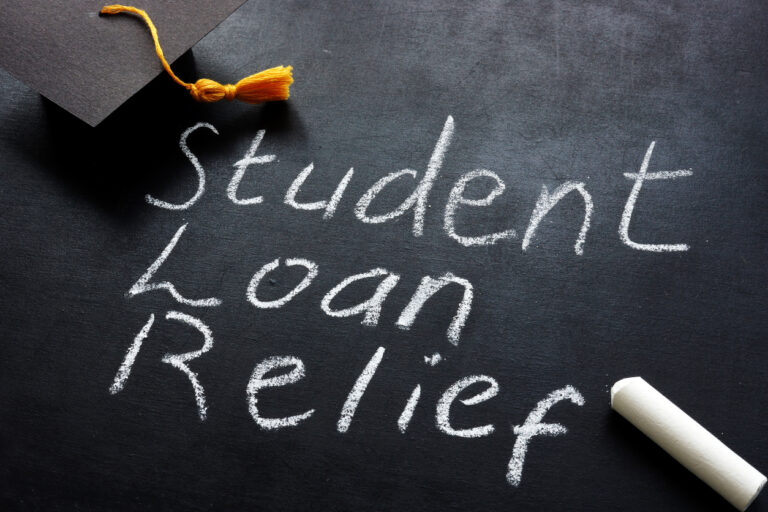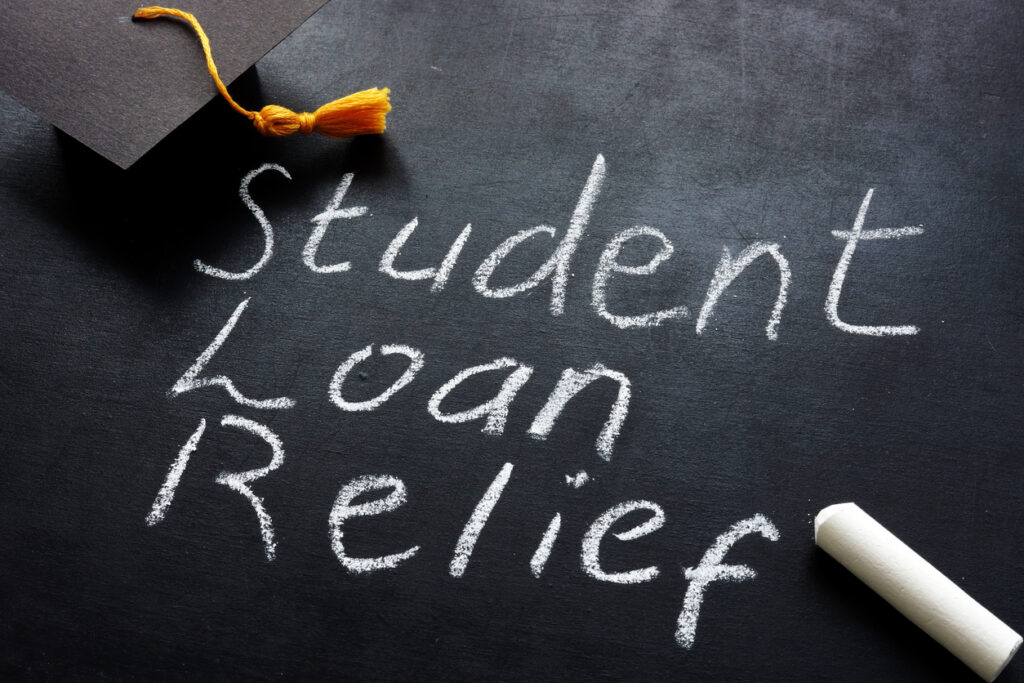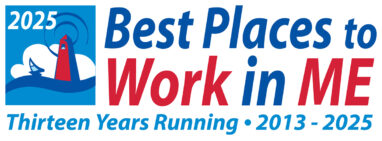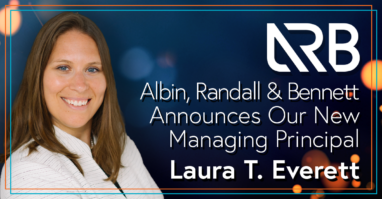As the expiration of pandemic-related student loan relief was nearing once again, the Federal Government and some states stepped in to extend further relief to borrowers. Here’s what’s happening at the federal level, as well as student loan relief and tuition assistance available for Mainers.
Federal Student Loan Relief
The Biden Administration and the U.S. Department of Education recently announced a three-part plan to help working and middle-class federal student loan borrowers meet their needs during economic hardship and ease back into their regular payment schedules over time.
Extended Payment Pause – Part I is already in effect and extends the repayment pause on student loans through December 31, 2022, with payments resuming in January 2023. As with previous extensions, it’s automatic, so no action is required by borrowers.
Targeted Debt Cancellation – Part II is still in the works, with details to follow in the coming weeks. But it includes targeted student loan relief for borrowers that, based on their income, are at a higher risk for delinquency or default. Pell Grant recipients with loans held by the Department of Education can receive up to $20,000 in debt cancellation, and non-Pell Grant recipients with loans held by the Department of Education can receive up to $10,000 in debt cancellation.
The phrase “up to” is included, as the relief will be capped at the amount of outstanding eligible debt, meaning borrowers will not receive more than they owe. To be eligible for this relief, you must meet the income specifications: individual income must be less than $125,000, or household income must be less than $250,000.
The Department of Education estimates that nearly 8 million borrowers may be eligible to receive this relief automatically, as their relevant income data is already on file. However, the Department will be launching an application by early October for those without relevant income information on file.
Once the program officially opens, these borrowers will have until December 31, 2023, to apply. However, the Department estimates it will take four to six weeks for applicants to receive relief. So the Department advises borrowers to apply by November 15, 2022, if they want to receive relief before the payment pause expires in December.
Public Service Loan Forgiveness – Temporary changes also expand eligibility under the Public Service Loan Forgiveness (PSLF) program. Borrowers employed by the military, non-profits, or federal, state, Tribal, or local governments may be eligible for full student loan forgiveness through the program. However, these temporary changes expire on October 31, 2022, so borrowers need to act quickly.
Proposed Rule – Part III includes a proposed rule for a new income-driven repayment plan that aims to reduce future monthly payments for lower-income and middle-income borrowers. Under the proposed rule, borrowers would be required to pay no more than 5% (down from 10%) of their discretionary income monthly on undergraduate loans.
In addition, the rule proposes an increase in the amount of income that is considered non-discretionary income so that borrowers earning under 225% of the federal poverty level (for a single borrower, roughly the annual equivalent of a $15 minimum wage) will not have to make a monthly payment.
In addition, the proposal includes provisions to forgive loan balances for borrowers with loan balances of $12,000 or less after ten years of payments rather than 20. Under this plan, a borrower’s loan balance would not grow due to unpaid monthly interest as long as they make their monthly payments (even if that monthly payment is $0).
Maine Student Loan Relief
The Student Loan Repayment Tax Credit (SLRTC) has replaced the existing Educational Opportunity Tax Credit (EOTC) in the State of Maine. The SLRTC is effective for tax year 2022. Eligibility is expanded to include anyone who lives and works in Maine and makes student loan payments for a graduate, bachelor’s, or associate’s degree obtained from any accredited university, college, or community college after December 31, 2007.
Maine Revenue Service’s Department of Administrative and Financial Services has promised to issue additional information soon.
Maine’s Community Colleges: Free College Scholarship
Recent high school graduates (Classes of 2020 through 2023) may be eligible for free tuition at one of Maine’s seven community colleges through the Free College Scholarship, which covers 100% of tuition and mandatory fees (after federal and state grant aid). If you qualify for maximum grant aid, you may use the additional funds to cover related costs like supplies and books.
There are no income or age limits. To participate, you enroll full-time in a degree or certificate program and accept any state or federal aid for which you qualify. You can connect with an advisor by filling out the form provided by Maine’s Community Colleges.
Contact Albin, Randall & Bennett
We will continue to monitor these student loan relief programs as additional guidance is released. If you have any questions about federal or Maine student loan relief, contact me today. And please also visit our COVID-19 Financial Resource and Tax Center for additional information on related matters.
by Dan Doiron, CPA, CVA
Dan Doiron has been in public accounting since his college internship with ARB in 1986. He has been a Principal since 1996 and works extensively with all types of clients to solve their compliance and tax planning issues. Dan was the May 1987 State of Maine Gold Medalist for earning the highest scores on all four parts of the CPA Examination. He is the Practice Leader of both ARB’s Business Tax Services Team and ARB’s Private Client Advisory Services Team.






